Siddharth Roy Kapur delves on ways to amplify the potential of M&E
Siddharth Roy Kapur, Co-Chair, FICCI Media & Entertainment Committee, highlighted the strong points of India’s media and entertainment industry, while at the same time he also lamented that not enough was done about talking about the industry that supports and impacts many other sectors and the multiplier effect that the M&E industry has on the rest of the economy in stimulating other industries.
This is what Siddharth Roy Kapur shared with the gathering on the inaugural day of FICCI Frames 2018 in Mumbai yesterday, March 4, 2018...
We’ve got 30 active OTT platforms that are furiously creating tonnes of content and I think it’s a great time for the content industry right now to be able to make content. However, anyone working within the industry can tell that we do not have a sustainable revenue model right now that can actually make sense for the investors.
So, what do we not talk enough about? I think we, as an industry, are as guilty as anybody else is. What we don’t talk about is when you look at the statistics, we do not talk about the multiplier effect that this industry has on the rest of the economy in stimulating other industries. I spoke about 126,000 crore being the gross output of this industry, but what I did not say is that there is an equivalent of 200,000 crore in gross output that this industry is able to stimulate in various other industries by the very nature of its existence.
There are 7.4 lakh people employed, but indirectly. And because of the media and entertainment industry, there are 23.6 lakh people employed within the tourism sector. For example, when ‘3 Idiots’ was shot in Ladakh, tourism in that region shot up by 3 times. We talk about multiplexes and the challenges that they are facing in terms of generating footfalls. What we don’t talk about is the fact that those multiplexes in the malls are generating three times the number of footfalls in those malls than what would have been had there been no multiplexes in those malls.
Hotels, transportation, gaming, merchandise, fashion – there are so many industries that we are able to impact. This is of course not even discussing the soft part of what this industry has the potential of doing. Look at what Hollywood has done for the US during the last century, which is, it has managed to make the American dream something to look forward to. It has popularised Big Mac, Coke, Disneyland as aspirational, something that people across the world think that they’ll be able to enjoy. It’s been able to take the whole concept of American dream to the Americana, the whole world, in a potential that we have the potential to do.
When we thought of making the film ‘Dangal’, we hoped that it would do well at the box office and successfully cast Aamir Khan in that, but we did not think that it would touch the lives of millions of people in China, a country we haven’t had the greatest relationship with since our independence. It managed to go reach $200 million there and it is not even about the numbers. The fact that it managed to take a uniquely Indian story and yet was able to touch the lives of the people there in a way that they could relate to India and were able to understand that humanity and human stories are the same everywhere around the world. It managed to create softness in their hearts for India. We can do a lot more than that.
We have ‘Secret Superstar’ and ‘Bajrangi Bhaijaan’ doing the same in China as we speak. But what we did not do as an industry? I think we need to acknowledge that we have not managed to sell the story properly, be it to the Government, to the people who matter, to be able to drive what we as an industry stand for, for the country. This is the Government which is looking at ‘Make in India’ as a key tenet of moving forward and which will truly believe in the industry. Given the benefits that we have been able to provide in this economy, we can manage to be a partner in that.
What I want to talk about is a little bit about what we can do as an industry. We can focus on structured and forward training for our technicians and our creative people to improve the content quality. We can leverage data and analytics in the decisions we take and make them better. We can move beyond the diaspora. In the past, it has been seen that our stories can resonate wider, take for example, ‘Baahubali’.
We spoke about the iconic late Sridevi. We need more icons of this nature and more stories like we have had in the past. We need to maximise the platforms that we use within this industry. We need to improve our windowing, we need to ensure that every platform is monetised to the best extent possible in order to be able to get that content viewed in the way it should be and we need to show better stories.
Kapur concluded his address by sharing a story about the introduction of 14 wolves in a park and how they helped in strengthening the park ecosystem. “We need more wolves and beavers in our park to build a strengthened ecosystem for our industry,” he affirmed.



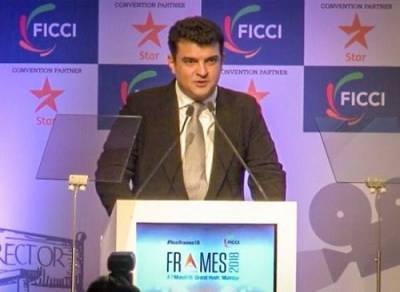




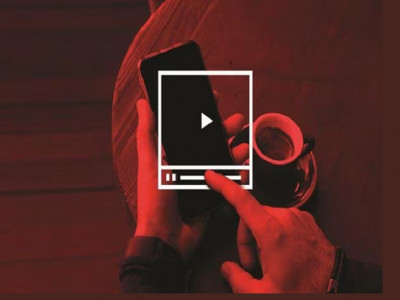
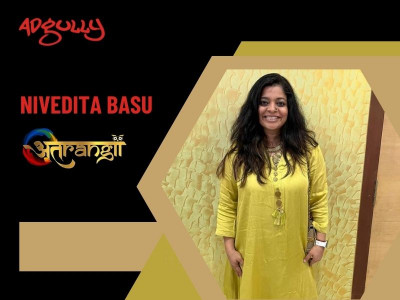

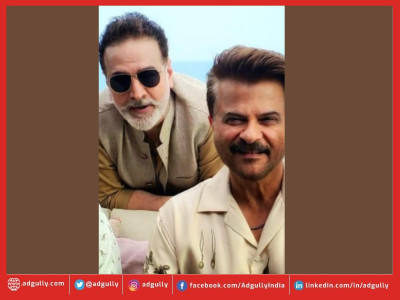

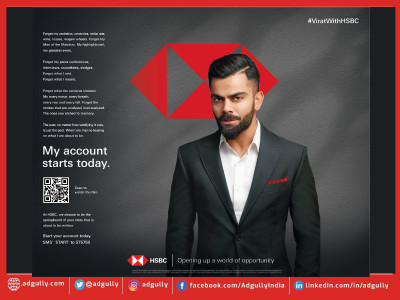
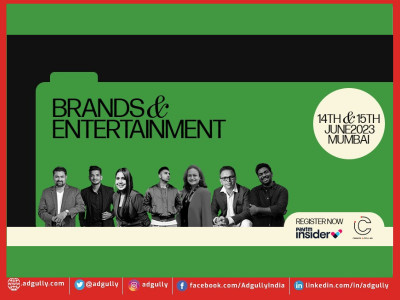
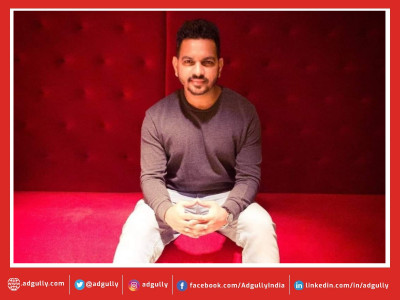


Share
Facebook
YouTube
Tweet
Twitter
LinkedIn